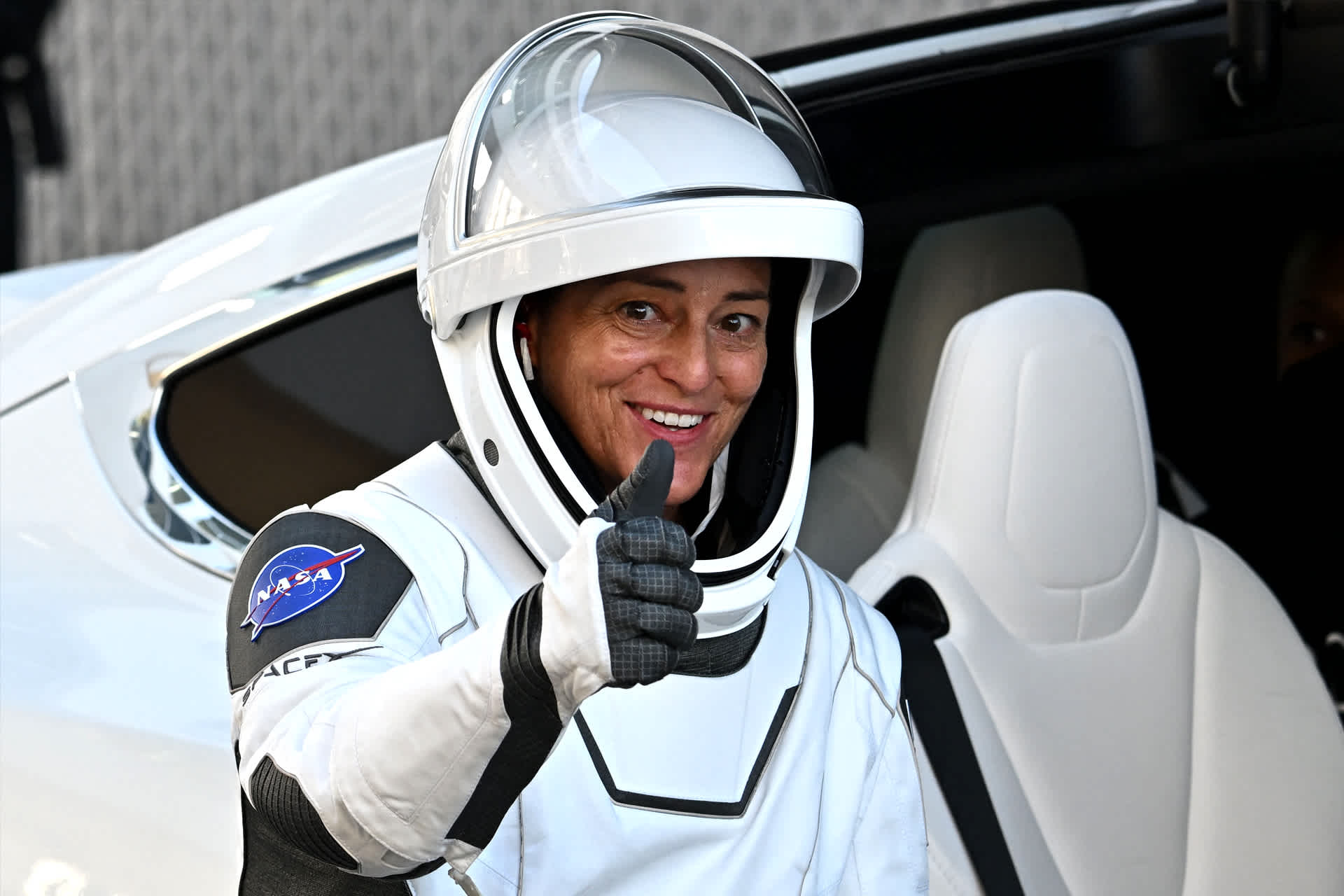Speaking from Space

Nicole Mann, a member of the Round Valley Indian Tribes, has long treasured the dream catcher her mother gave her when she was a child. She does not discount the help it offered her when she flew 47 combat missions in Iraq and Afghanistan, beginning in 2003.
Earlier this month, Mann, 45, now a NASA astronaut, blasted off aboard a SpaceX Crew Dragon spacecraft for the International Space Station (ISS), becoming the first Native American woman in space. And her dream catcher came along for the ride.
Since her launch on October 5, the media have been clamoring to talk to her. She gave her first interview to the Associated Press. Mann spoke of the power she draws from her tribal community on Earth.
“It’s the strength to know that I have the support of my family and community back home and that when things are difficult or . . . I’m getting burned-out or frustrated, that strength is something that I will draw on,” she said. As for the famed “overview effect”—the sense of awe astronauts describe upon looking down on the Earth from space—Mann experienced it straightaway.
“It is an incredible scene of color, of clouds and land,” she said. “And it’s difficult not to stay in the cupola all day and just see our planet Earth and how beautiful she is, and how delicate and fragile she is.”
The crew aboard the ISS includes three Russian cosmonauts, three American astronauts, and one astronaut from Japan. The power of that international collaboration is not lost on Mann. “What that does,” she says, “is just highlight our diversity and how incredible it is when we come together as a human species, the wonderful things that we can do and that we can accomplish.”


